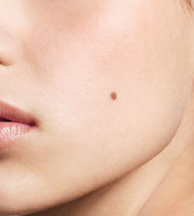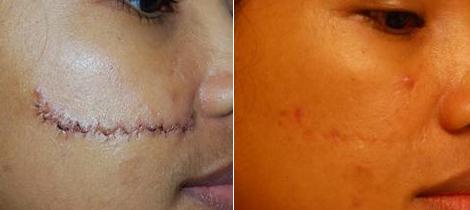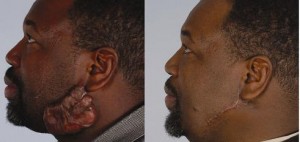Scars are unwanted things that can be a result of surgical procedures, burns, injuries and the removal of moles and acne. Scars develop due to any pull or tension that lasts for too long. Thankfully, there are a variety of methods to help reduce and remove scars.
Cosmetic surgery procedures can remove scars. There are a variety of methods and treatments that can be used to treat and remove scars including:
• A procedure called dermabrasion can lighten scars. An instrument called a wire brush is used to remove the upper layer of skin and, in turn, makes the scar light in appearance.
• Natural remedies used for dealing with scars include the use of lemon, aloe vera gel and onions. These items are rubbed on the scars and left on there for some time. Natural products like lemon, aloe vera and onion possess anti-inflammatory properties that help to reduce skin irritation. They are known to reduce scars and help new skin cells to develop. Natural remedy methods take more time to show their results.
• Silicone gel sheeting is known to reduce scars. It is applied to the affected area and should be used for 3 or 4 months to get rid of scars.
• Steroids are also known to lighten scars. Steroids are injected on the skin that has the scar and converts the raised part of the scar into a flattened one. This procedure takes longer than others to get rid of any scars.
• Laser procedures can be used to remove the upper skin that is affected by scars by making the scar lighter. The laser is also used to activate collagen that helps the new cells to generate and cover the scar.
• Concealers can be used to cover the scar temporarily. In this method, a concealer that matches the skin color is used to cover the scar. It will make the scar invisible for some time.
• Creams can be applied to the scars. If the scar is not very deep, it can lighten up in 3 or 4 months.
• Vitamin E is helpful in dealing with scars by regenerating the skin and redeveloping the treated area. Vitamin E supplements as well as creams and lotions that contain Vitamin E are available at almost any grocery store or drug store. After applying the lotion to the scar, the skin regeneration starts and the scar will disappear within some months depending on the deepness of the scar.
• Dermatologists can apply chemicals on the skin that peel the scar away and allow the new skin to develop. They lighten up the scar and it eventually disappears. Chemical peeling is the name of this method and the chemical used for peeling of the skin is light acid.
• Scrubbing is also a method for treating scars. Exfoliation with a scrub needs to be regularly performed on the scarred area. The scrub must contain alpha hydroxyl acid to help make the scar disappear. The scrubs should be used as directed by a physician after a careful examination of the scar and skin type.
Scars can be lightened, or even removed, by following the steps mentioned above. Sometimes it takes a good amount of time to diminish deep scars depending on the deepness of the scar and the regeneration ability of the skin. A patient should consult with a dermatologist before starting any scar treatments.





